Table of Contents
Introduction To Stand-Up Paddle boarding
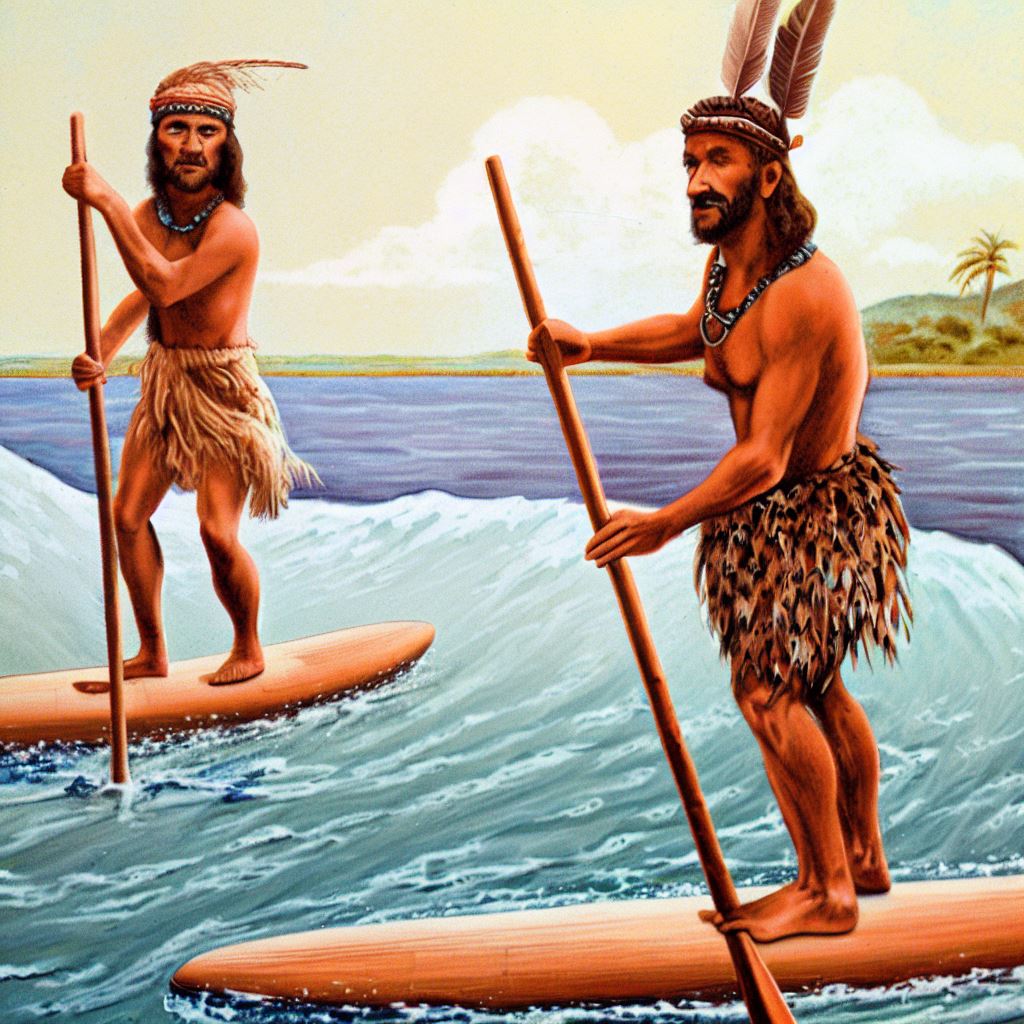
Stand-up paddle boarding (SUP) has become a beloved water activity, captivating enthusiasts around the world with its unique blend of recreation and exercise.
However, SUP is more than just a contemporary trend; it has a rich history that spans centuries and traverses diverse cultures. In this article, we’ll embark on a journey through time to explore the origins, evolution, and cultural significance of stand-up paddle boarding.
Ancient Roots and Indigenous Beginnings
The history of stand-up paddle boarding dates back to ancient civilizations where various cultures used paddle boards for transportation, fishing, and exploration.
Indigenous peoples across the world, from Hawaii to Peru, employed different versions of paddle boards, often made from natural materials like wood and reeds.
These early paddle boards showcased the inherent connection between humans and water, fostering a deep relationship that still resonates today.
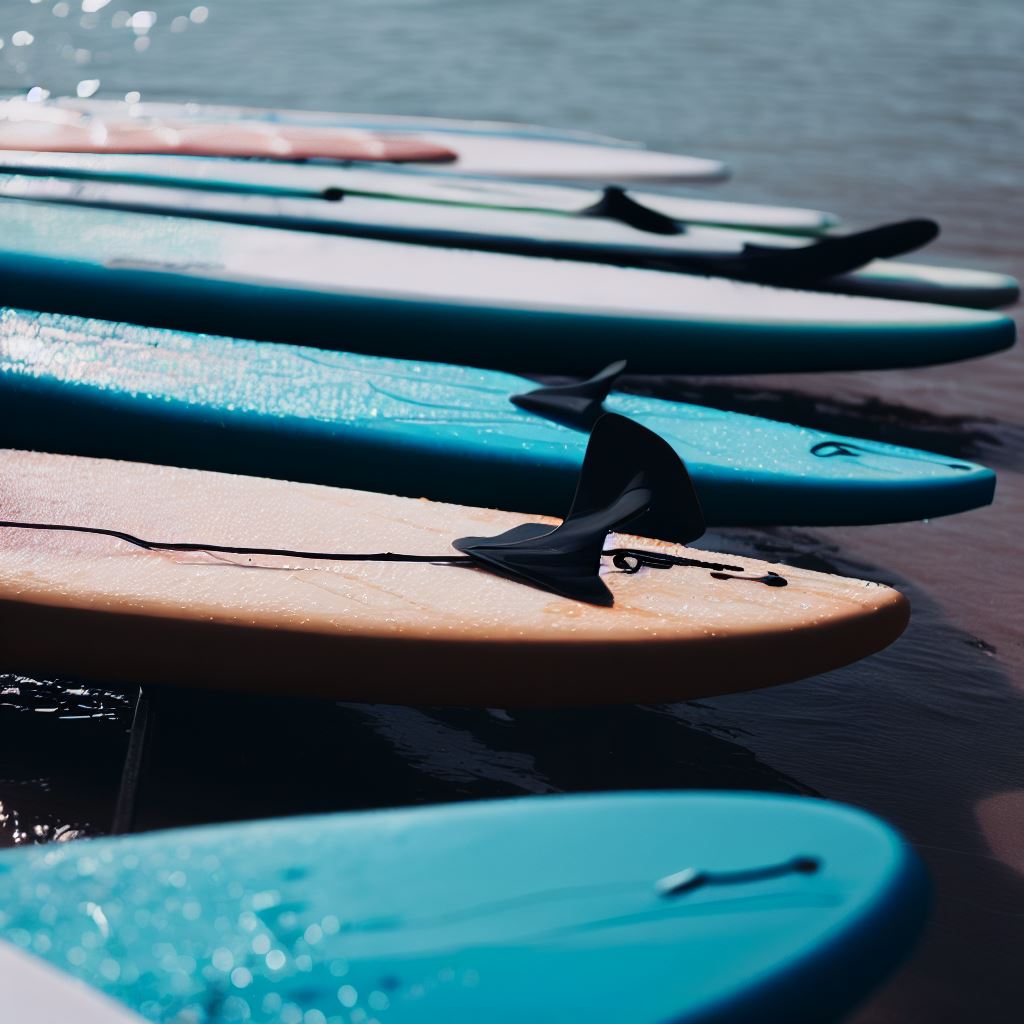
Polynesian Influence and Surfing Connection
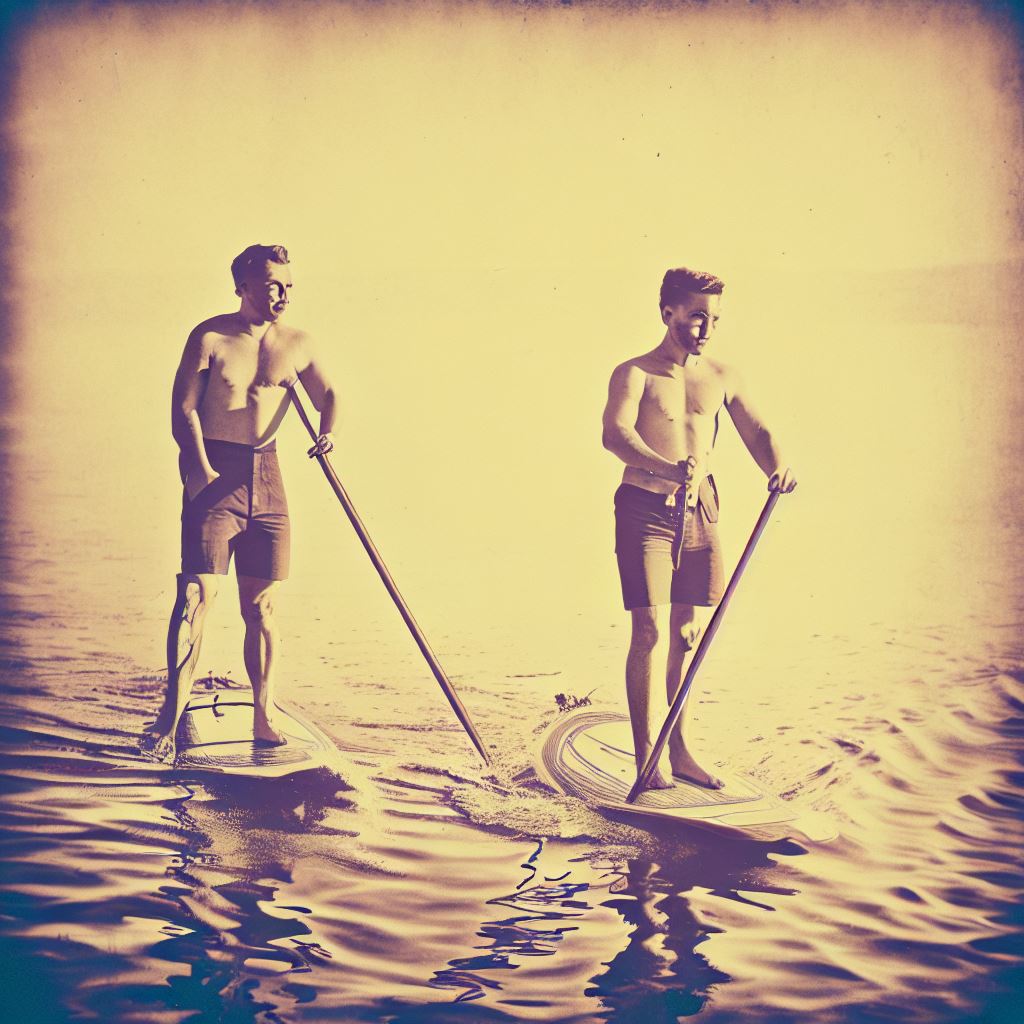
The Polynesians, known for their seafaring prowess, played a pivotal role in shaping the concept of stand-up paddle boarding.
Their skillful navigation across vast ocean expanses inspired various water-based activities. Paddle boarding found synergy with wave riding, eventually leading to the birth of modern surfing.
The longboards of the past, often referred to as “olo boards,” shared similarities with today’s paddle boards, emphasizing balance and fluid movements.
Early 20th Century Revival
While SUP’s popularity experienced fluctuations over the centuries, its revival gained momentum in the early 20th century. People began to rediscover the joy of paddle boarding, using it not just for recreation, but also for physical conditioning.
Notably, Duke Kahanamoku, a Hawaiian Olympic swimmer, embraced paddle boarding as part of his training regimen. This era marked a shift from traditional transportation to a recreational activity enjoyed by people worldwide.
Modern Resurgence and Global Appeal
The late 20th and early 21st centuries witnessed an unprecedented surge in SUP’s popularity. Innovations in board design, materials, and paddle techniques transformed it into a versatile water sport accessible to individuals of all ages and skill levels.
From serene lake paddles to challenging ocean waves, SUP evolved into various disciplines, including touring, racing, yoga, and even fishing. Its widespread appeal stems from its adaptability, offering a unique experience to every enthusiast.
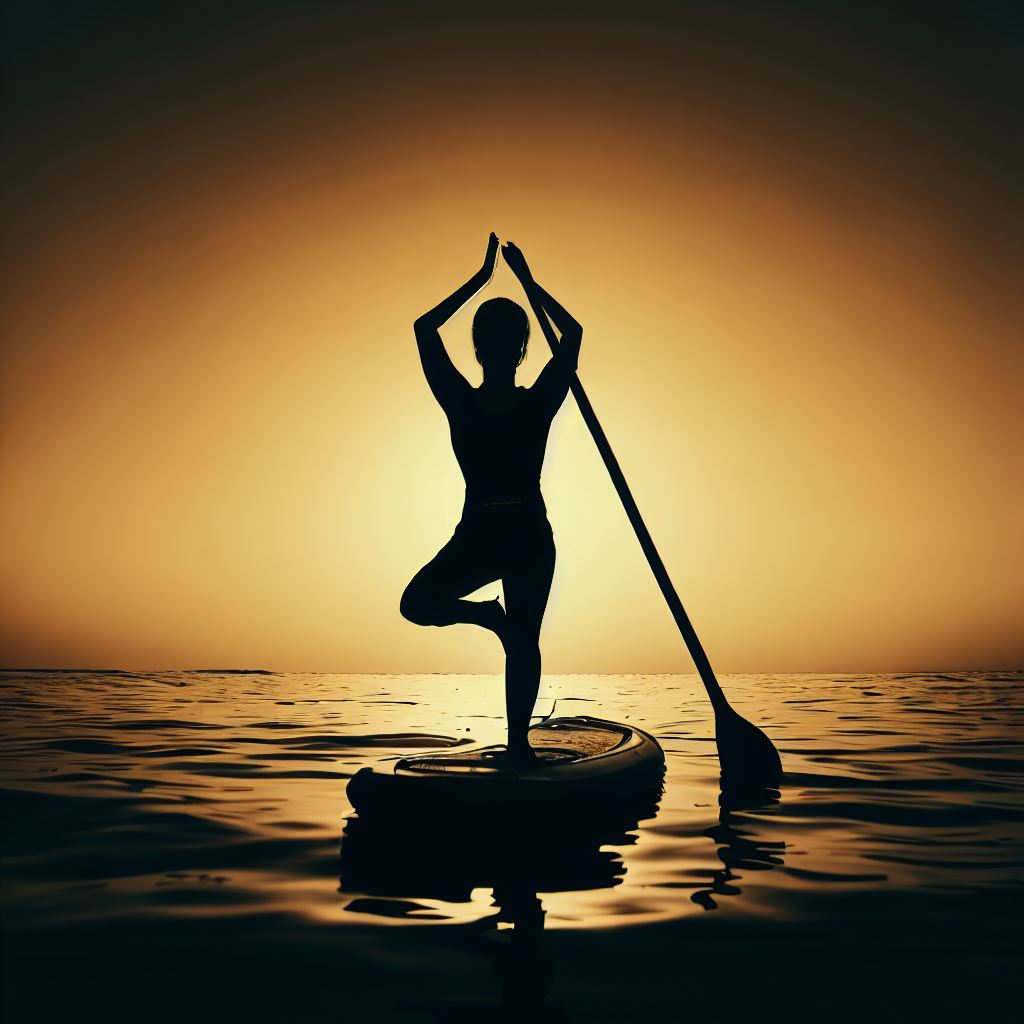
Cultural Significance and Community Bonding
Beyond its recreational aspects, SUP holds cultural significance in various societies. It unites people through shared experiences and promotes a deeper connection with nature. SUP has also become a platform for community gatherings, events, and eco-conscious initiatives.
Paddle boarding not only offers physical benefits but also fosters a sense of belonging and respect for the environment.
Conclusion
Stand-up paddle boarding’s journey through history is a testament to its enduring appeal and cultural significance. From ancient indigenous practices to modern global enthusiasm, SUP has transcended time, geographical boundaries, and cultural contexts.
As we glide across the water’s surface today, we pay homage to the generations before us who paved the way for this cherished activity. Stand-up paddle boarding continues to be a vessel that connects us to the water, our past, and each other.
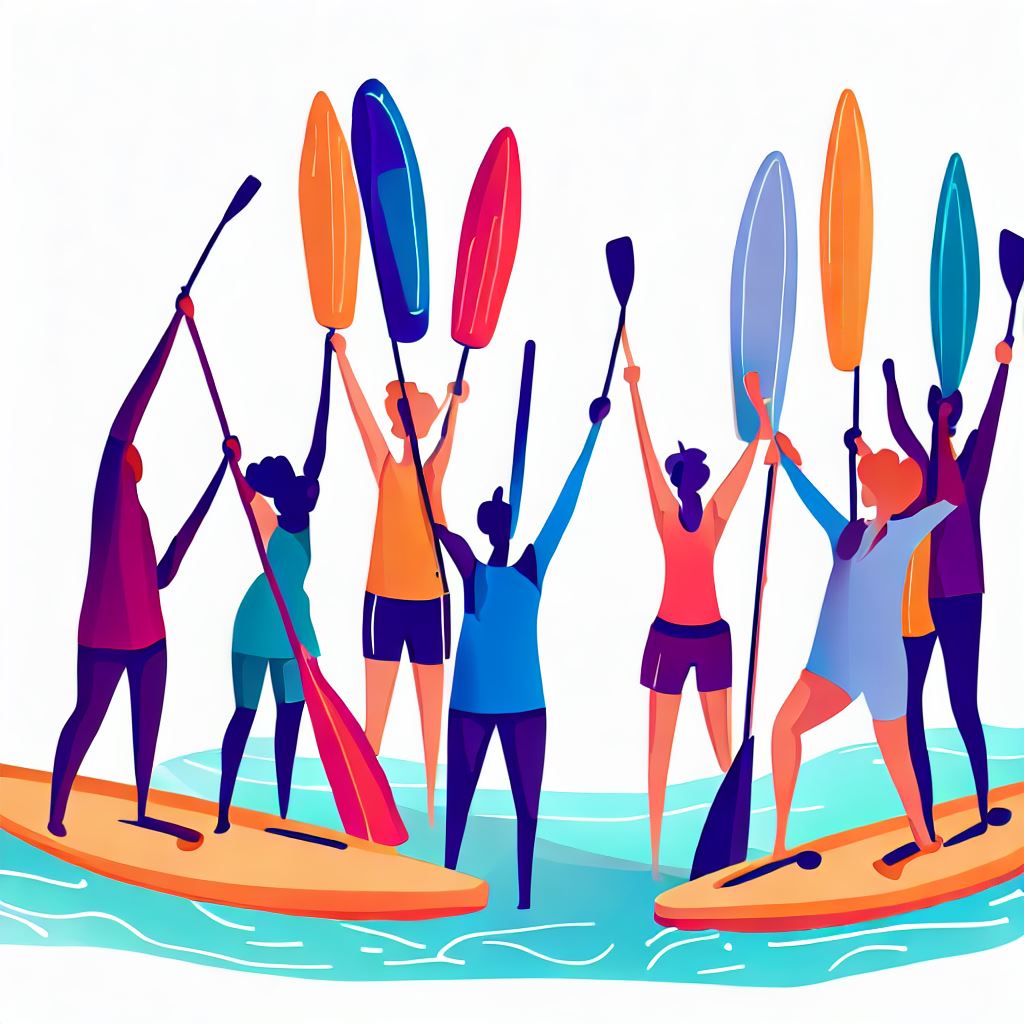
By exploring the history of stand-up paddle boarding, we gain a deeper appreciation for its roots, its journey, and the shared experiences that bind us across time and space.
Tell Us About You
How did you gain your appreciation of Stand-Up Paddle boarding, how were you introduced to SUP yourself let us know in the comments!
We’re always looking to provide you with content that you love, if you have a question you’d like to have answered or have a topic you think would make for an amazing article or video we would love to hear from you HERE.
For now, stay safe and check back frequently to see WhatSUP!

Hey Sully
How many people do you reckon went out on a paddle board for the first time in the last year ?
Hi Lynsey,
Last year the sport saw an approximated 1% growth as it has year on year since at least 2013. It is estimated that in the USA alone over 3.5 million people participated in or attempted Paddleboarding.
Hey Sully thanks for that info….be interesting to know the take up in colder waters too, like the UK for instance 😁.
If I go out for the first time and borrow my friends board would I be better on a river, lake or the great big ocean? I assume a river initially?
Hi Lynsey,
Many people make this mistake and end up getting into trouble. We recommend that you first start on a lake with zero powered vessels allowed if possible. This will allow you to develop your skills standing on the board in still water without wake from the other boats. Rivers might sound reasonable but many people have gotten into trouble or pulled underwater by their leash if caught on submerged objects. River SUP requires quick release leashes in addition it also requires you to wear your leash around your waist vs around your ankle to give you quick access in case of an emergency.